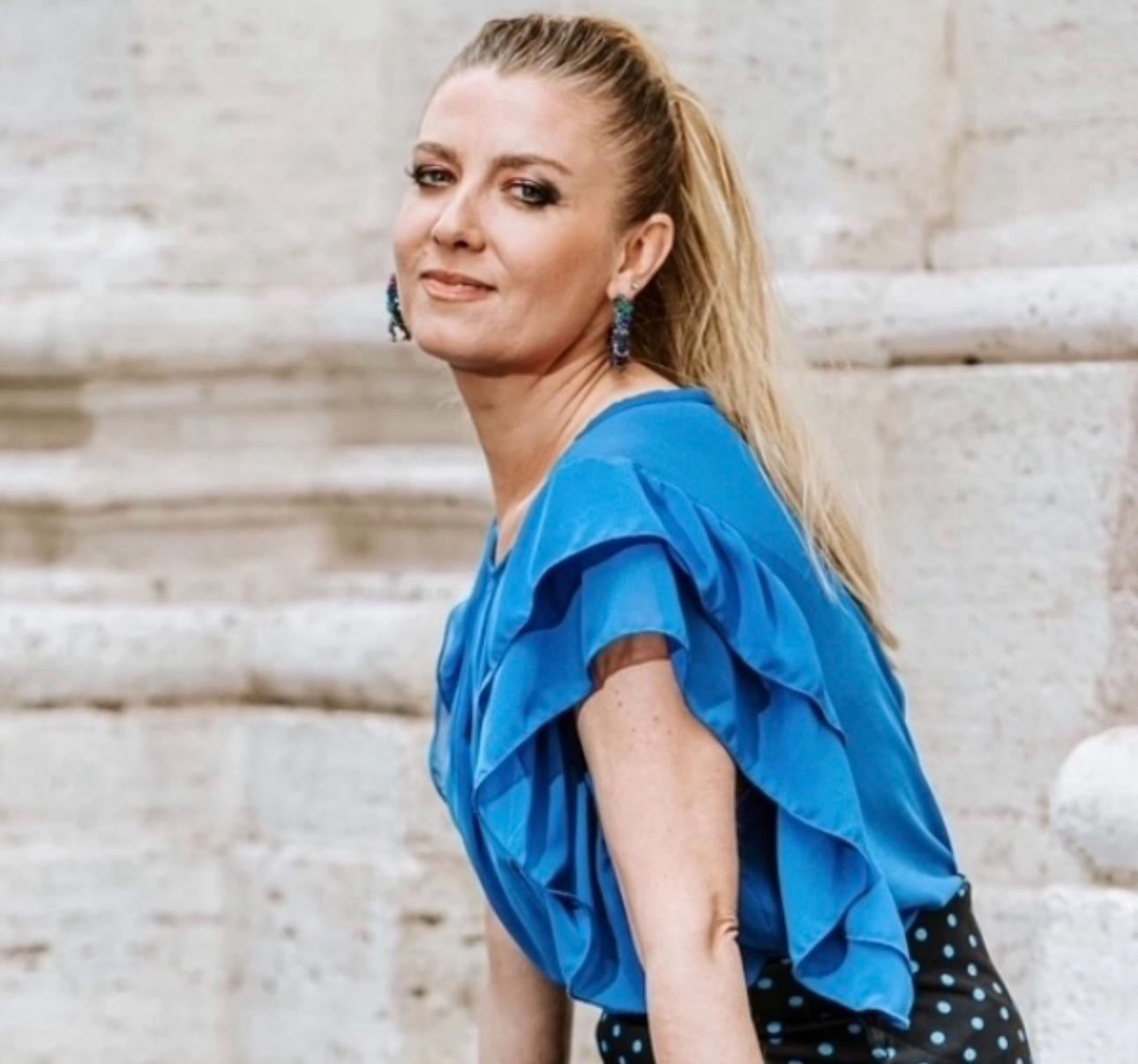Rome was shimmering with colours again for the Jubilee of Hope, hosting over a hundred confraternities from around the world, gathered in a great Procession through the streets of the Eternal city. Their history goes back to the early Middle Ages. But their meaning grew since the first Jubilee year of 1300 was introduced. The Roman confraternities (from the Latin cum fratres, meaning "with brothers”) would assist the pilgrims coming to Rome for the Holy year, most of them in a miserable state and in need of everything after months of crossing Europe to arrive at St Peter’s Tomb.
SIGN UP FOR OUR NEWSLETTER HERE
One of the oldest brotherhoods still active over the city of Rome is the Archconfraternity of the Gonfalone established in 1264.
Mons. Luigi Venturi is a Member of the Archconfraternity of Gonfalone. He explained, “They wore a white sack and a penitential belt with knots, a crown and an emblem. It was the emblem, the symbol of the brotherhood, a red and blue and white cross. It was a great Brotherhood. And little by little the Brotherhood drew in many faithful.”
Currently there are more than 50 confraternities throughout Italy that refer to the Confraternity of Gonfalone. Obviously nowadays the challenges are different, adapted to current times like the initiative of the Gonfalone School, Scuola del Gonfalone.
Francesco Tozzi, another Member of the Archconfraternity of Gonfalone, added, “It is an activity that we have implemented to try to give support to those people, mainly immigrants, who were having difficulty in their process of integration.”
In the past centuries the major charity works for pilgrims developed from the Holy Year of 1550 thanks to St. Philip Neri. He decided two years earlier to found a confraternity not only for Eucharistic Adoration but to address the needs of pilgrims who were flocking to Rome.
Fabrizio Azzola is the the Guardian for “Neri's” Archconfraternity. He explained, “Philip Neri saw that there were all these pilgrims around Rome, and you can imagine you didn't have AirBNB or anything. So they would sleep in the streets they had nothing to eat nor repair. So he decided to help them. And so they started hosting them in their own houses. And then they started to rent places.”
After the Holy Year ended, the association cared for the convalescent poor, discharged from city hospitals.
In 1562, Pope Pius IV elevated it to the rank of Archconfraternity with the name it still bears today: Venerable Archconfraternity of the Most Holy Trinity of the Pilgrims and Convalescents.
Philip Neri wanted the brothers to wear the red habit, fitted with a hood to hide their faces in public and keep charity anonymous and known only to God.
Jacob Stein has belonged to this Archconfraternity since 2022:
“In our parish, but also in the Vatican, in other parishes throughout the city, we're wearing our habits. Ours are red, some are blue, some are black, some are gold. Ours are very distinct because they're red and it's the old habit that was had also in the 16th century when we were founded and we used to take care of pilgrims.”
And even though the brotherhood doesn’t have the means and possessions once had since they were seized by the new Italian state in 1870, it is still growing.
Azzola noted, “The future of our civilization, of our life always lies to a certain degree in tradition, because if you have roots you can grow and you can look at the future and these are our roots, which I think has a great part in attracting people to our Confraternity, we today count over 120 members.”
A sizable part of them comes from abroad, many - like Jacob - from the United States.
“What inspired me the most about their life in the parish,” Stein said, “is really the devotion that they have to Saint Philip Neri and the devotion that they have of taking care now in a different way, but taking care of pilgrims. And especially we're living the jubilee year right now. We're having even a greater vigor in taking care of pilgrims, which is very good for us and for the city of Rome itself.”
There is one more brotherhood worth mentioning, the Archconfraternity of Campo Santo Teutonico, situated inside the Vatican Walls, where even popes have been members in recent times.
“Yes, Pope Benedict XVI — Joseph Ratzinger — came here in 1982. He stayed in the room named Cologne, just up there, right next to the library, by the way,” Mons. Stefan Heid explained. “He didn’t just become a member of the college, but also joined the Brotherhood. That makes him, I’d say, the most prominent member the Brotherhood has ever had — after all, he was the first pope among its ranks. And shortly after his election, Benedict XVI even returned here for another visit.”
LIVE UPDATES: POPE LEO XIV’S FIRST DAYS
Pope Leo XIV biography launches in Rome; book available now from EWTN
Adapted by Jacob Stein
Produced by Magdalena Wolynska-Riedi; Camera by: Sergio Natoli, Patrick Leonard; Video Edited by Ilaria Chimenti

Born in Warsaw, Poland, in 1979, she is a linguist, translator, producer, writer, journalist, and a long-time foreign correspondent for Polish National Television TVP in Rome and the Vatican. She holds a master's degree from the University of Warsaw, doctoral studies from the Gregorian University in Rome, and post-master studies from the Diplomatic Academy in Warsaw. For 10 years, she was a translator for the Tribunal of the Roman Rota and the Apostolic Signature in the Vatican. She has produced over 20 documentaries about the Vatican and the papacy and authored four bestsellers about the Vatican and Rome. As the wife of a Pontifical Swiss Guard member, she lived for over 16 years in Vatican City, a neighbor to the last three popes. She is the mother of two teenage daughters and has been the EWTN Vatican correspondent in Rome since May 2024.







